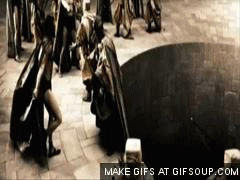Isaac Newton was born without a father, because his father died three months before Isaac was born. Isaac's mother left him with his grandparents to deal with so she could go marry some old guy. When Isaac was 19 years old, his mother came back and asked him to take over Woolsthorpe and become a farmer, but Isaac's uncle helped convince Isaac's mother to let him attend Cambridge University. Isaac took a three day journey to Cambridge University, but when he got there he knew that the three day walk was worth it. We all know how Isaac Newton discovered the Laws of Motion, hopefully.
One of the laws of motion is that an object in motion tends to stay in motion.
Another one of the Laws of motion is that the sum of the forces on an object is equal to the total mass of that object. The last law of motion is when one body exerts a force onto a second body.
That's all for today people.






 The inside of a carbon atom is made up of 6 Protons and 6 Neutrons. Electrons surrounds the outside of an atom's nucleus going as fast as the speed of light. If we were able to see the electrons it would look like a fuzzy cloud.
The inside of a carbon atom is made up of 6 Protons and 6 Neutrons. Electrons surrounds the outside of an atom's nucleus going as fast as the speed of light. If we were able to see the electrons it would look like a fuzzy cloud.